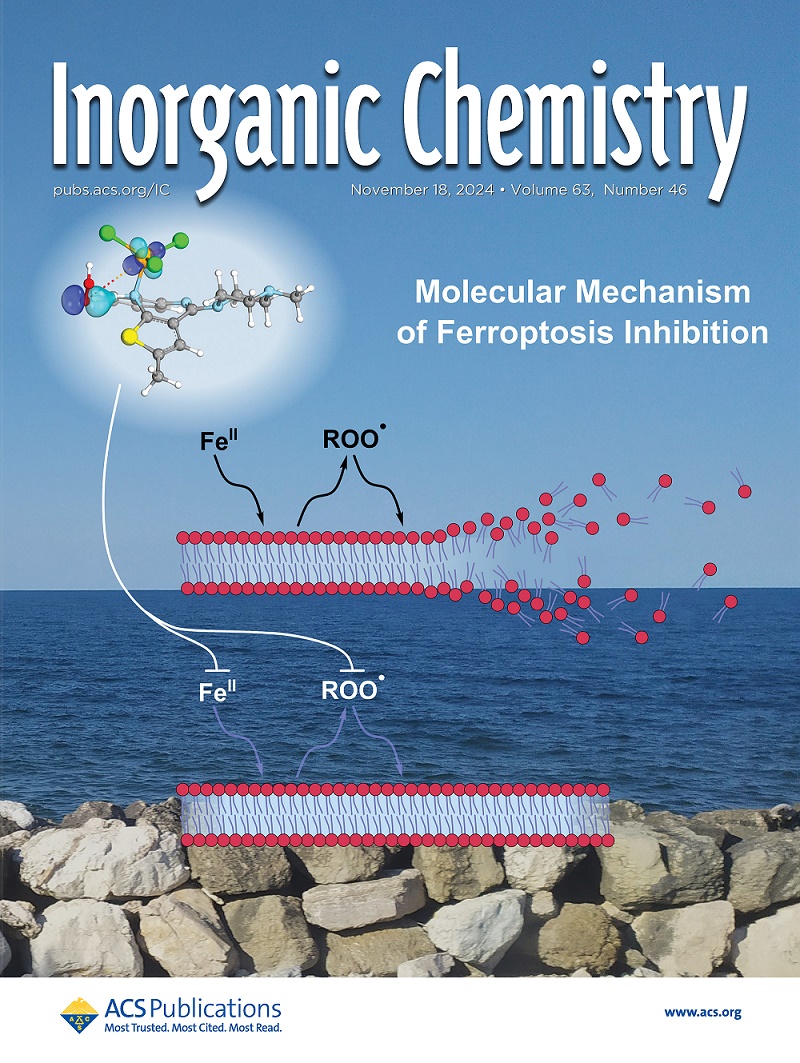Work Function-Induced Electronic Modulation in NiCo Alloy for Electrochemical Nitrate Reduction
IF 4.3
2区 化学
Q1 CHEMISTRY, INORGANIC & NUCLEAR
引用次数: 0
Abstract
The rational design of electrocatalysts is of great significance in the production of ammonia (NH3) through a nitrate reduction reaction (NO3–RR). This article proposes a design approach to regulate electron redistribution and intermediate adsorption energy by adjusting the work function of alloy compounds. As an example, the NiCo alloy is successfully electrodeposited on carbon cloth (CC) using deep eutectic solvent (DES) as medium. The results show that the ammonia production rate of the NiCo alloy is as high as 1.55 mmol h–1 cm–2 at −0.38 V vs RHE, with the Faraday efficiency to be 84.94%, and the selectivity 94%. Experimental characterizations combined with density functional theory calculations confirm that alloying is beneficial for reducing the work function of Ni. This in turn adjusts the d-band center of the alloy to approach the Fermi level, changes the rate-determining step during the reduction reaction process, and consequently improves the performance. Eventually, an investigation is conducted on the Zn–NO3– battery fabricated with Ni1Co2/CC. This further exhibits the potential of Ni1Co2/CC within the energy conversion equipment. This study brings fresh design concepts and opportunities to the development of novel electrocatalysts for NO3–RR.

求助全文
约1分钟内获得全文
求助全文
来源期刊

Inorganic Chemistry
化学-无机化学与核化学
CiteScore
7.60
自引率
13.00%
发文量
1960
审稿时长
1.9 months
期刊介绍:
Inorganic Chemistry publishes fundamental studies in all phases of inorganic chemistry. Coverage includes experimental and theoretical reports on quantitative studies of structure and thermodynamics, kinetics, mechanisms of inorganic reactions, bioinorganic chemistry, and relevant aspects of organometallic chemistry, solid-state phenomena, and chemical bonding theory. Emphasis is placed on the synthesis, structure, thermodynamics, reactivity, spectroscopy, and bonding properties of significant new and known compounds.
 求助内容:
求助内容: 应助结果提醒方式:
应助结果提醒方式:


